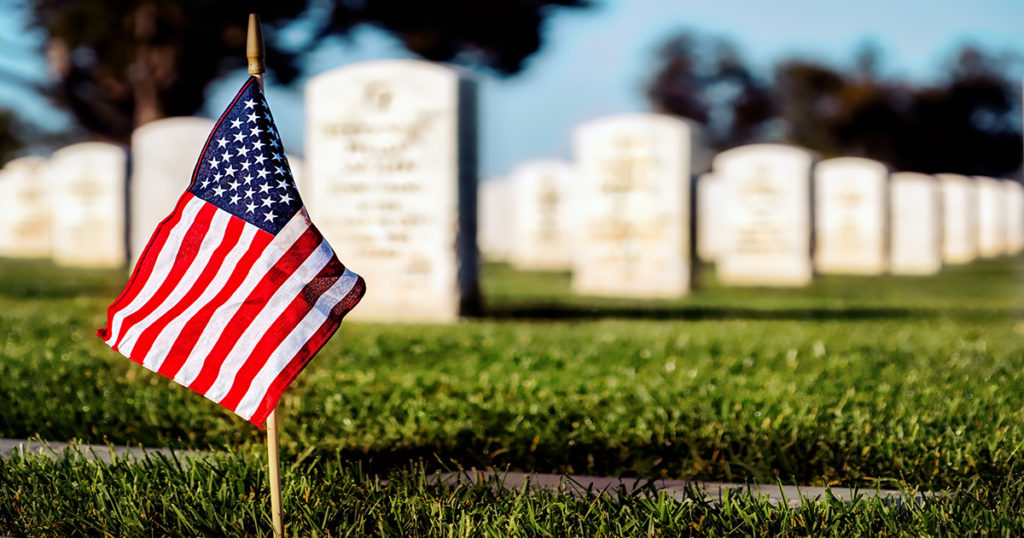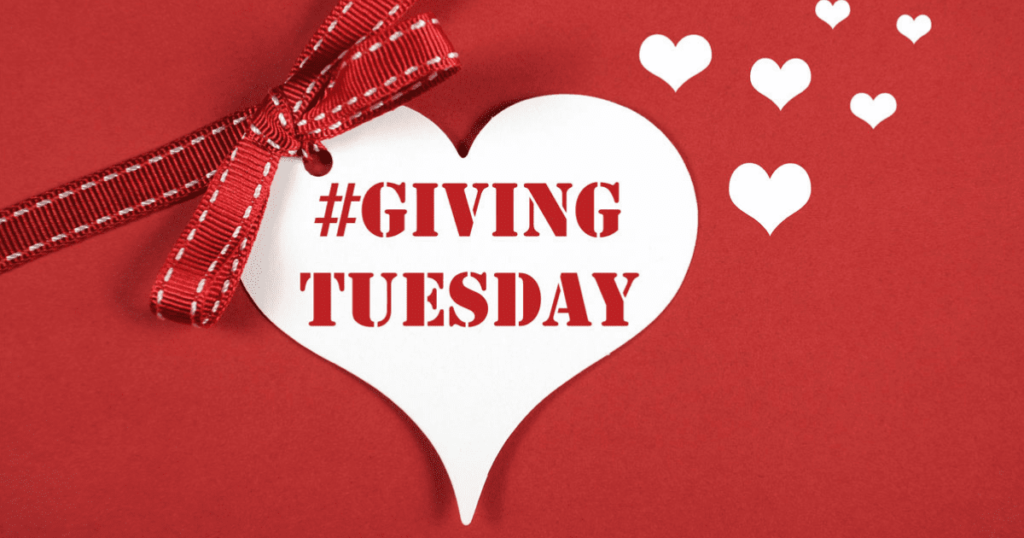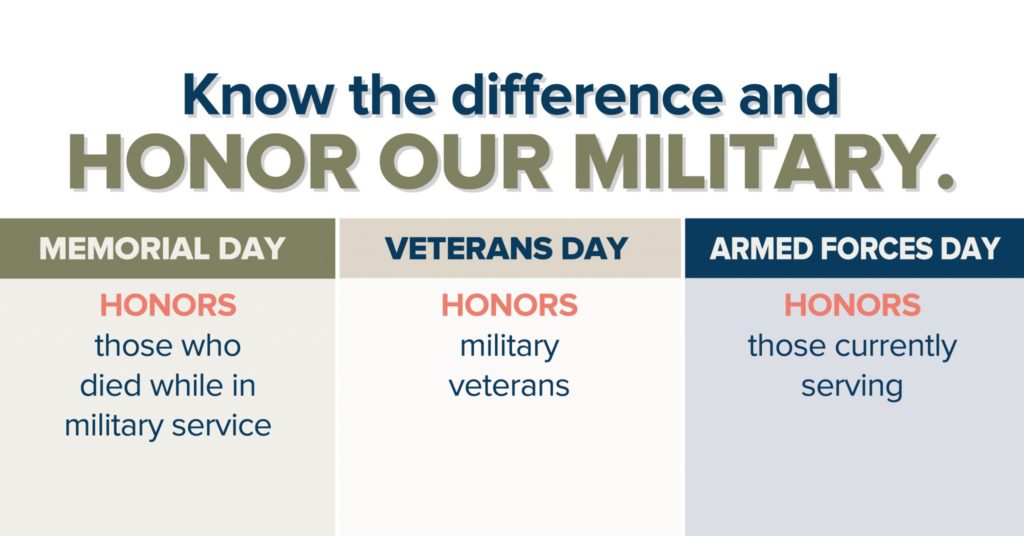The History of Memorial Day
While the first commemorative Memorial Day events didn’t happen in the United States until the late 19th century, the practice of honoring those who have fallen in battle dates back thousands of years. The ancient Greeks and Romans once held annual days of remembrance for loved ones (including soldiers) each year, adorning their graves with flowers and holding public festivals and feasts in their honor.
In May 1868, General John A. Logan, the commander-in-chief of the Union veterans’ group known as the Grand Army of the Republic, issued a decree that May 30 should become a nationwide day of commemoration for the more than 620,000 soldiers killed in the recently ended Civil War. On Decoration Day, as Logan called it, Americans should lay flowers and decorate the graves of the war dead “whose bodies now lie in almost every city, village and hamlet churchyard in the land.”
Although the term Memorial Day was used beginning in the 1880s, the holiday was officially known as Decoration Day for more than a century, when it was changed by federal law. Four years later, the Uniform Monday Holiday Act of 1968 went into effect, moving Memorial Day from its traditional observance on May 30 (regardless of the day of the week), to a set day—the last Monday in May.
(Adapted from History.com)
How to Honor the Fallen
One of the best ways to honor the fallen is first to be aware of the difference between Memorial Day and Veteran’s Day. In military circles especially, it can feel frustrating when others make well-meaning social media posts or even in-person comments with phrases like, “Thank you for your service,” on Memorial Day. To kindly clarify, Memorial Day is a day for honoring the fallen, or those who have paid the ultimate price while dying in service to their country. Veteran’s Day (in November) is a day set aside for honoring all who have served, both living and deceased.
In addition to brushing up on your Memorial Day history or knowledge, there are other meaningful ways to commemorate Memorial Day. According to the USO, some activities include: visiting a local Veterans Cemetery, participating in a Memorial Day walk, race, or Crossfit workout, learning about the Tomb of the Unknown Soldier or various war memorials in the nation’s capital, donating or participating in handing out flowers on graves of fallen soldiers, or make a donation to a Gold Star Family organization.
Ways to Celebrate
Finally, because Memorial Day is recognized as a federal holiday and many people are off work and plan events for family and friends as a kick-off to summer, it can also be a day of celebration. To keep with the theme of Memorial Day, consider the following list for a way to connect the celebrations to the holiday:
- Make a Spotify playlist of patriotic songs to play during your event
- Fly your American flag
- Create patriotic chalk art and table decor
- Make a themed meal or dessert
- Visit a National Park
- Observe the National Moment of Remembrance (3:00 pm local time)
“In Flanders Fields,” by John McCrae
In Flanders fields the poppies blow
Between the crosses, row on row,
That mark our place; and in the sky
The larks, still bravely singing, fly
Scarce heard amid the guns below.
We are the Dead. Short days ago
We lived, felt dawn, saw sunset glow,
Loved and were loved, and now we lie,
In Flanders fields.
Take up our quarrel with the foe:
To you from failing hands we throw
The torch; be yours to hold it high.
If ye break faith with us who die
We shall not sleep, though poppies grow
In Flanders fields.



